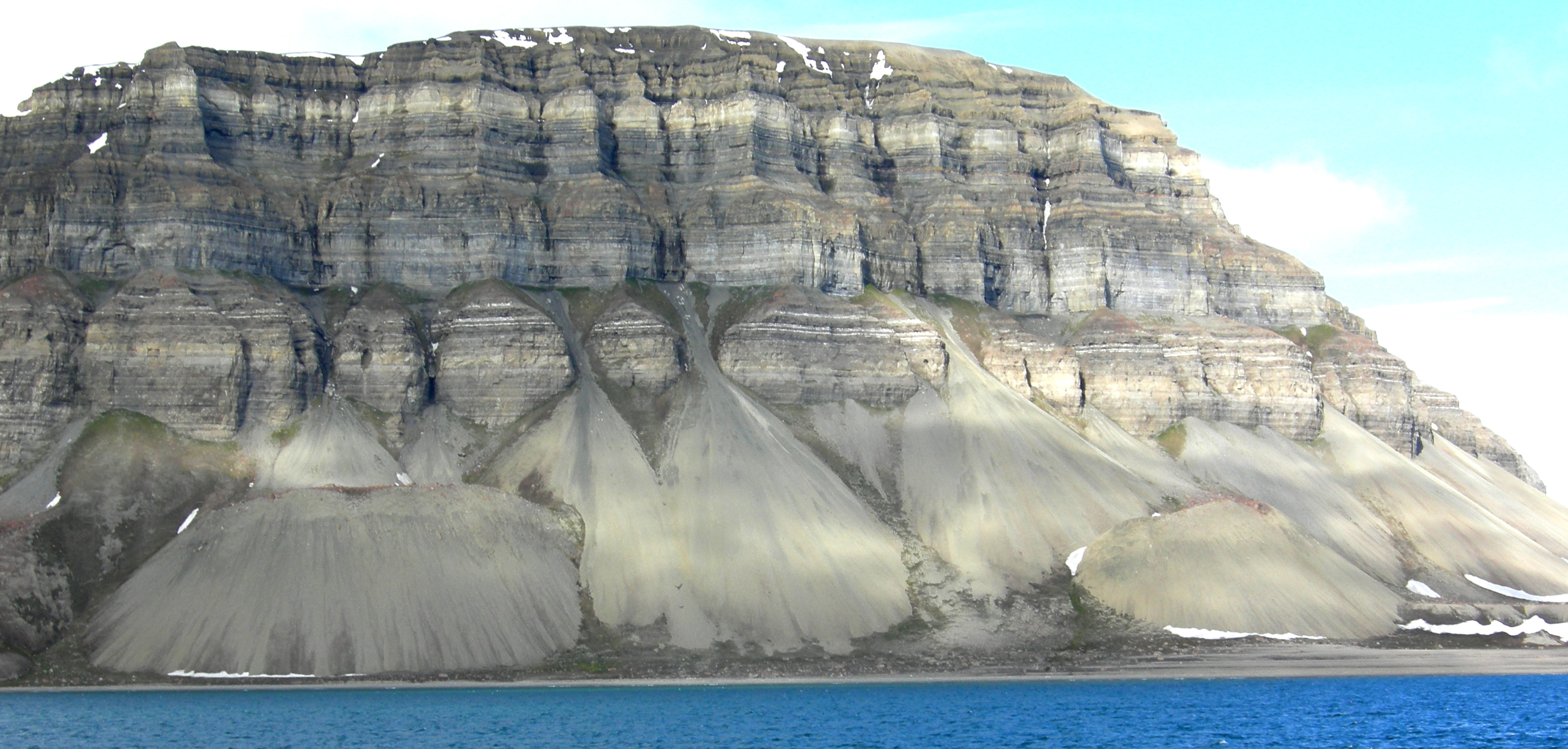Mass wasting, also known as slope movement or mass movement, is the geomorphic process by which soil, sand, regolith, and rock move downslope typically as a solid, continuous or discontinuous mass, largely under the force of gravity, but frequently with characteristics of a flow as in debris flows and mudflows. Types of mass wasting include creep,
slides, flows, topples, and falls, each with its own characteristic
features, and taking place over timescales from seconds to hundreds of
years. Mass wasting occurs on both terrestrial and submarine slopes, and
has been observed on Earth, Mars, Venus, and Jupiter's moon Io.
When the gravitational force acting on a slope exceeds its
resisting force, slope failure (mass wasting) occurs. The slope
material's strength and cohesion and the amount of internal friction between material help maintain the slope's stability and are known collectively as the slope's shear strength. The steepest angle that a cohesionless slope can maintain without losing its stability is known as its angle of repose.
When a slope made of loose material possesses this angle, its shear
strength perfectly counterbalances the force of gravity acting upon it.




No comments:
Post a Comment